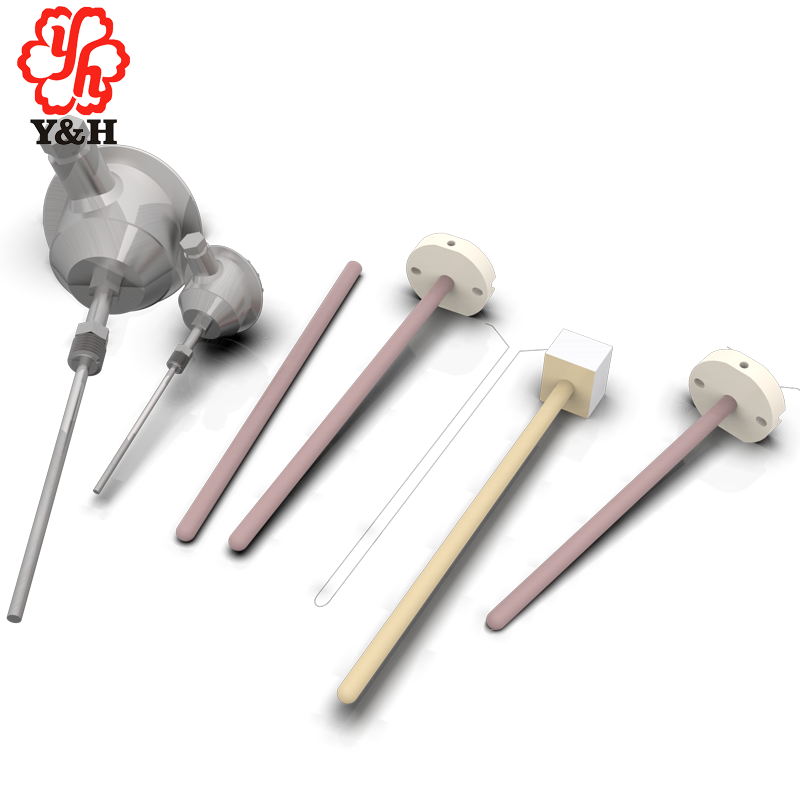
Thermocouples play a crucial role in the field of industrial temperature measurement. They are widely utilized to monitor and control temperature in various industrial processes. Operating on the principle of thermoelectric effect, thermocouples measure temperature by detecting changes in electromotive force between two different metals or alloys. This method offers precise and reliable temperature measurement across a wide range, from room temperature to several thousand degrees Celsius. In industry, thermocouples are typically installed on critical equipment and pipelines to provide real-time temperature feedback. This data helps operators adjust process parameters to ensure stability and safety in production processes. Their ability to withstand high temperatures and resist corrosion makes them particularly suited for demanding industrial environments, where they are integral to modern industrial control and automation systems.
Thermocouples can be classified into several types based on different combinations of metals or alloys and their respective temperature ranges. The main classifications of thermocouples include:
We have listed only the thermocouple types that we frequently use, as some types cover overlapping temperature ranges.

In an electric furnace control system, a thermocouple is used to measure the internal temperature of the furnace and transmit real-time temperature signals to the controller. The controller adjusts the heating element's power output by controlling the triggering angle of a thyristor based on feedback from the thermocouple and the set temperature. Together, the thermocouple and thyristor ensure precise temperature control in the electric furnace, maintaining stability and accuracy during industrial processes.
A thermocouple is integrated with a temperature controller to facilitate precise temperature monitoring and control. The thermocouple's sensing end is connected to the input port of the temperature controller, typically using plugs or terminal blocks. It transmits small voltage signals generated by temperature changes to the controller, which interprets these signals into readable temperature values. The temperature controller may include calibration features to ensure accuracy based on the thermocouple's characteristics and environmental conditions. Using the temperature data from the thermocouple, the controller executes control actions such as adjusting heating or cooling devices to maintain the desired temperature set by the user. Continuous monitoring and feedback mechanisms enable the temperature controller to effectively stabilize the system within the specified temperature range.
A thermocouple is a temperature sensor composed of two different metals or alloys, with their ends joined together to form a measurement point. When there is a temperature difference at the junction, it generates a voltage signal known as thermoelectric potential. By measuring this voltage signal, temperature changes can be determined. Thermocouples are known for their fast response, wide temperature range (typically from -200°C to 1800°C), resistance to corrosion, high mechanical strength, and are widely used in industrial and scientific applications for temperature measurement and control.